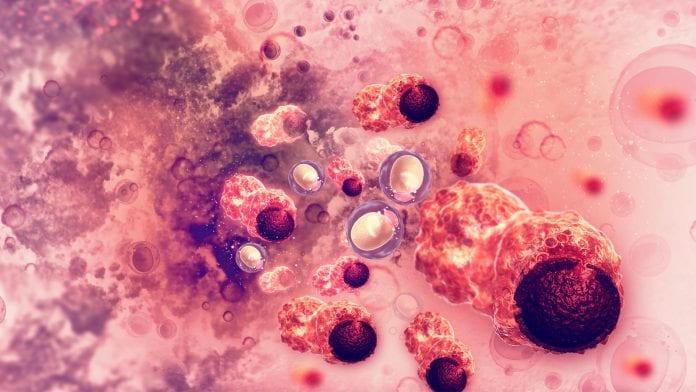
Researchers have developed a new sequencing method that could boost international research efforts to find drugs that could eradicate cancer.
The single cell sequencing method, developed by researchers at the Centre for Genomic Regulation (CRG) and the European Molecular Biology Laboratory (EMBL), can distinguish between cancer stem cells, mature cancer cells, and healthy stem cells based on their genetics and gene expression. This overcomes a common problem in drug research for cancer, as cancer stem cells are difficult to isolate and study because of their low abundance and similarity to other stem cells.
The study has been published in the journal Nature Communications.
Cell sequencing
Most cancers consist of rapidly dividing cells that have a limited capacity for self-renewal, however, cancer stem cells can replicate indefinitely, which fuels long-term cancer growth. Cancer stem cells that elude conventional treatments like chemotherapy are one of the reasons patients relapse after entering remission. The difficulty of studying these cells has hampered efforts to develop precision treatments for cancerous cells whilst avoiding healthy ones.
To overcome this obstacle, the researchers have developed the single cell sequencing method called MutaSeq, which can distinguish between the different cells.
Lars Velten, Group Leader at the CRG and author of the paper, said: “RNA provides vital information for human health. For example, PCR tests for coronavirus detect its RNA to diagnose COVID-19. Subsequent sequencing can determine the virus variant. MutaSeq works like a PCR test for coronavirus, but at a much more complex level and with a single cell as starting material.”
Using MutaSeq to measure thousands of RNAs at the same time, the researcher sought to determine if a single cell is a stem cell and carried out additional sequencing and looked for mutations to then find out if the cell is cancerous or healthy. The data helped researchers track if the stem cells are cancerous or healthy, and helped determine what makes the cancer stem cells different.
The method is based on single cell sequencing, which provides a highly detailed molecular profile of complex tissues and cancers.
Lars Steinmetz, Professor at Stanford University, Group Leader at EMBL Heidelberg and author of the paper, said: “There are a huge number of small molecule drugs out there with demonstrated clinical safety, but deciding which cancers and more specifically which patients these drugs are well suited for is a daunting task.
“Our method can identify drug targets that might not have been tested in the right context. These tests will need to be carried out in controlled clinical studies, but knowing what to try is an important first step.”
Velten added: “We have now brought together clinical researchers from Germany and Spain to apply this method in much larger clinical studies. We are also making the method much more streamlined. Our vision is to identify cancer stem cell specific drug targets in a personalised manner, making it ultimately as easy for patients and doctors to look for these treatments as it is testing for coronavirus”.
























